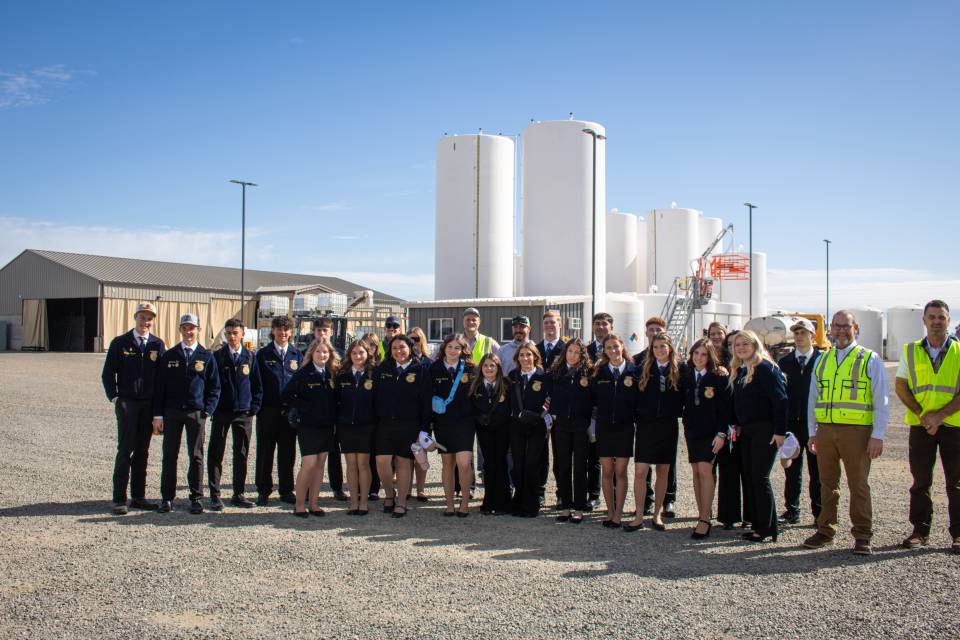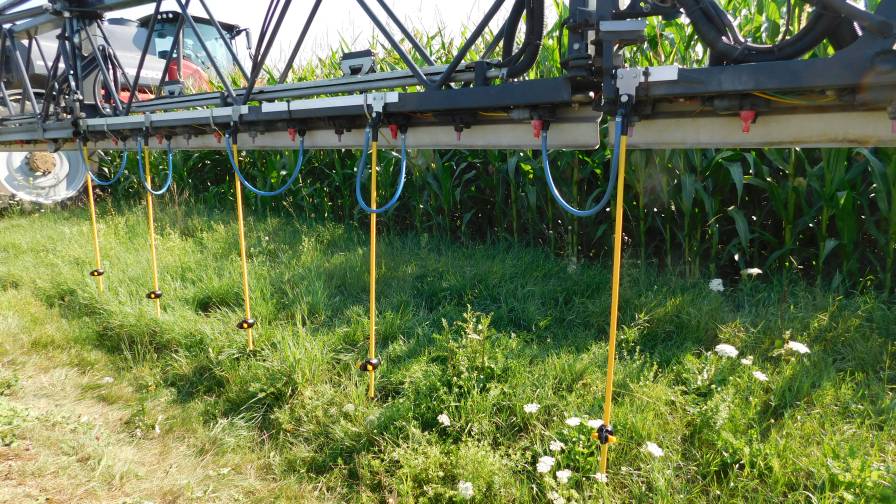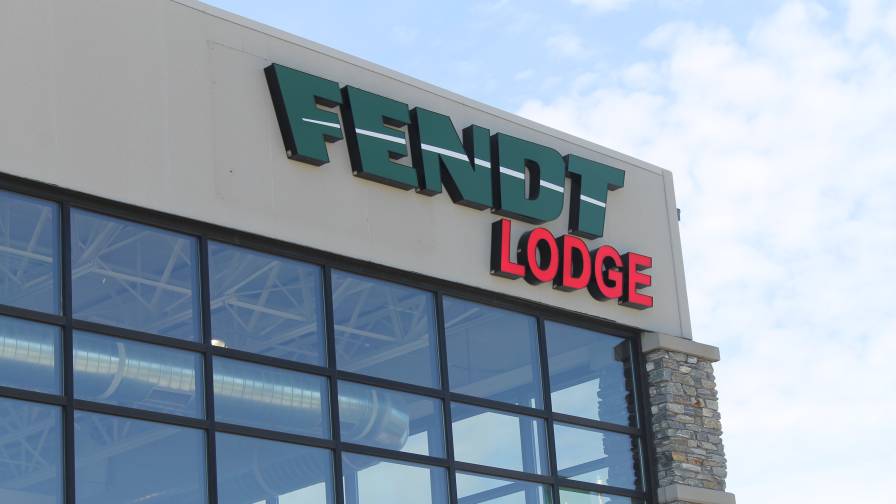Keeping A Watch On Water Issues
During a down cycle in the market, it’s difficult to think about investing for the long term. For retail businesses, the capital improvements or discretionary equipment purchases that looked so good when they were planned a few years ago are likely to be shelved until a sunnier day. That’s just good business sense. At The Fertilizer Institute (TFI), it’s no different as management looks to contain expenses while continuing to deliver top-notch service in the advocacy, stewardship, sustainability, business intelligence, and conference arenas.
Unfortunately, pressing policy concerns that threaten our industry’s license-to-operate don’t diminish when profit margins do. Issues related to nutrient stewardship are a perfect example. Whether in the Chesapeake Bay Watershed or the Western Lake Erie or Upper Mississippi River watersheds, farmers’ use of our products remains a topic of concern for policymakers and the general public.
As demonstrated by our 2016 4R Advocates and their retailers, many farmers are using precision technology to collect and analyze data to inform their fertilizer decisions. This cycle of continuous improvement is encouraging news. Success however, is not a destination, and new knowledge and technology will help farmers continue to build on past accomplishments. The latest information about nutrient management, particularly identifying which practices give farmers the greatest gains, is critical. Just “sitting on the track” is not a winning option. Moving down the track is.
A key link in our industry’s strategy is the 4R Research Fund. The program was launched three years ago by TFI, the International Plant Nutrition Institute, and Fertilizer Canada to help measure and document the economic, environmental, and social impacts of nutrient stewardship under the 4R framework. Multiple projects are underway. These are projects with real-world, region-specific impact, and include:
“Evaluating the 4R Nutrient Stewardship Concept and Certification Program in the Lake Erie Basin.” This project includes measuring practice effects, modeling practice change, and surveying farmer and crop adviser implementation that will guide future educational efforts for increasing 4R adoption.
“Impacts of 4R Nitrogen Management on Crop Production and Nitrate-Nitrogen Loss in Tile Drainage.” This project in the state of Iowa links 4R practices and water quality measurements from fields directly linked to the Mississippi River.
“Minimizing Phosphorus Loss with 4R Stewardship and Cover Crops.” This project involves 18 instrumented sites where runoff water is collected from fields using various phosphorous management practices with and without cover crops. Dr. Nathen Nelson of Kansas State University is heading up this project which will assist efforts to tie the 4Rs to enhanced soil quality.
“Relationships of Nitrous Oxide Emissions to Fertilizer Nitrogen Recovery Efficiencies in Rain Fed Corn Systems.” This project at Purdue University looks at the productivity and environmental performance of fields that receive different nitrogen sources and tillage systems. This work will tie in with our efforts to participate in the Field-to-Market food supply chain initiative.
The return-on-investment in research can be tough to discern — particularly when the market is as tough as it is today and everyone is looking to cut costs. Yet if we as an industry are unwilling to kick-start support for nutrient research, who will? At what cost will that come?
Further information, including project updates, on the 4R Research Fund is available at www.nutrientstewardship.com/funding and I encourage readers to learn more about the fund and its donors. If your organization is not already supporting this effort, I encourage you to consider doing so. Alternately, if you are already a fund donor, you deserve our thanks for investing in the future of our industry.






